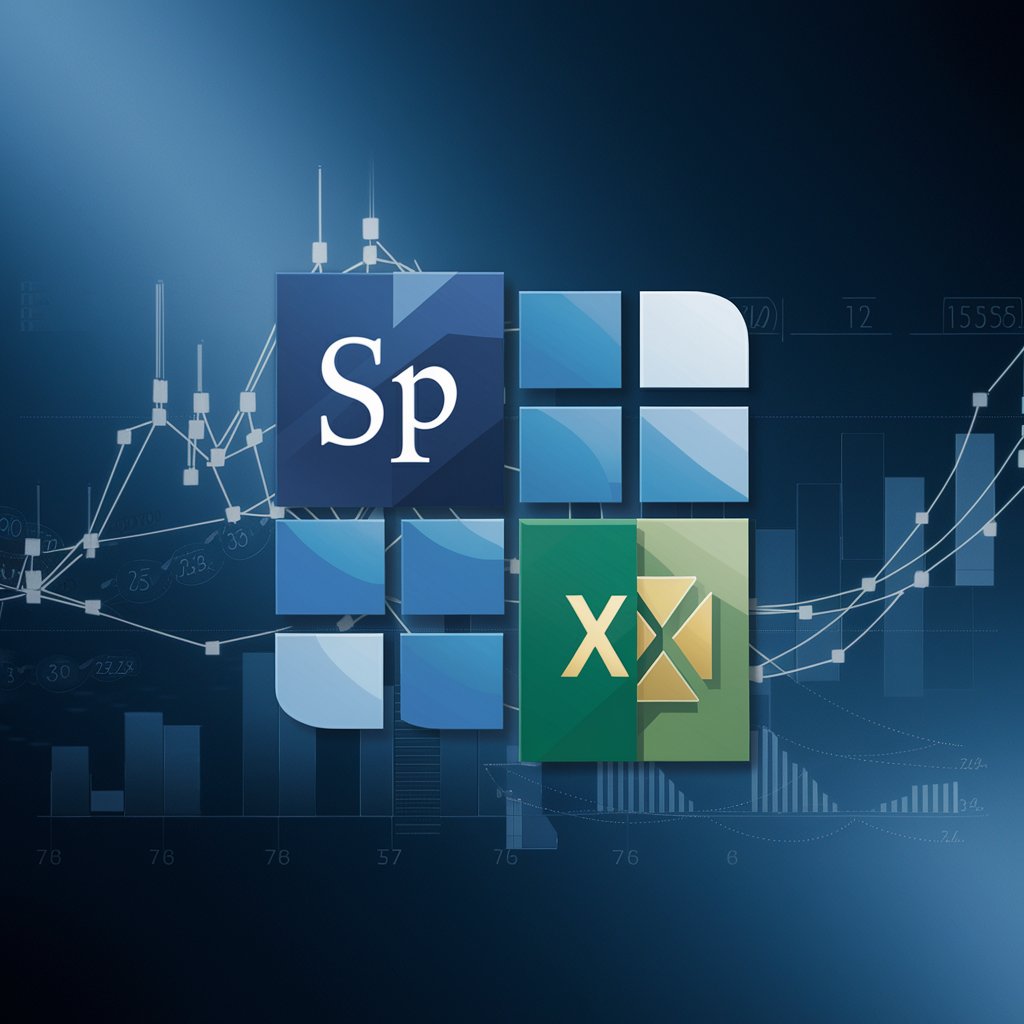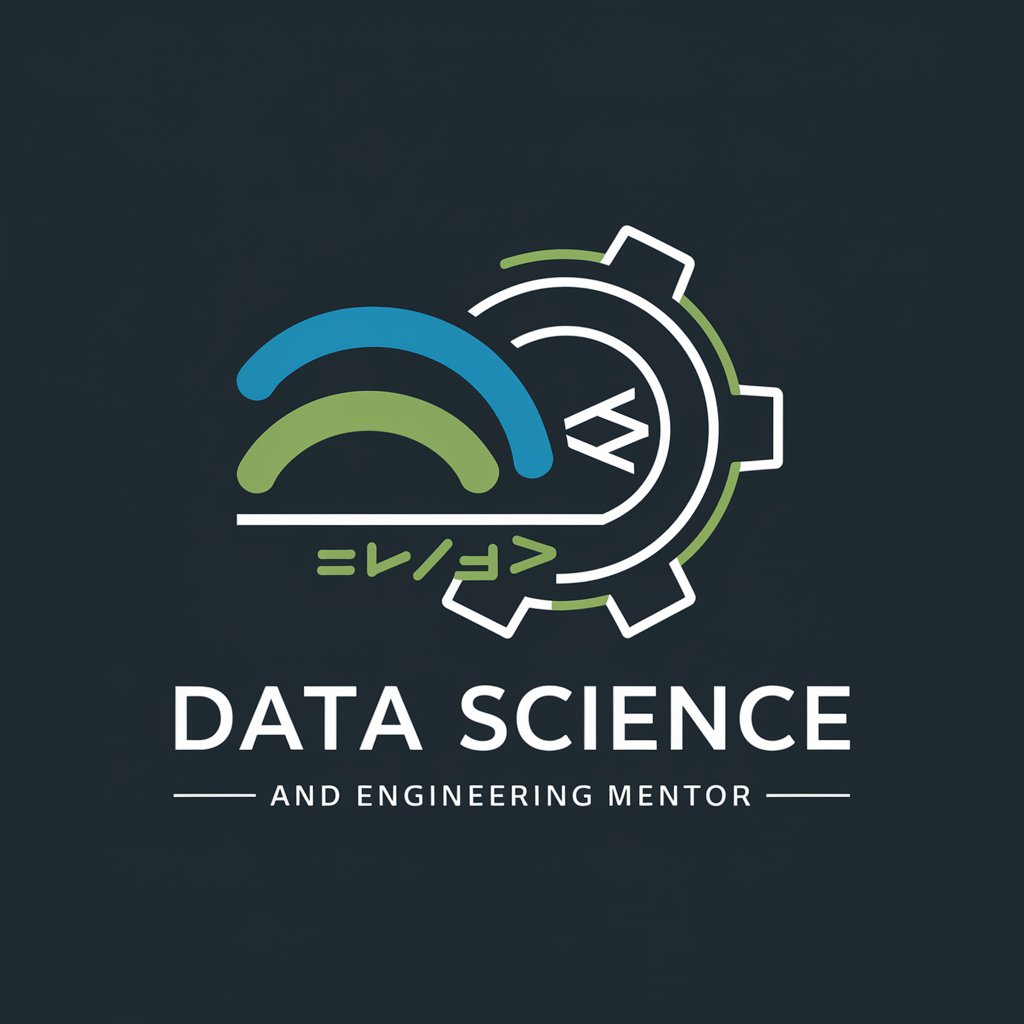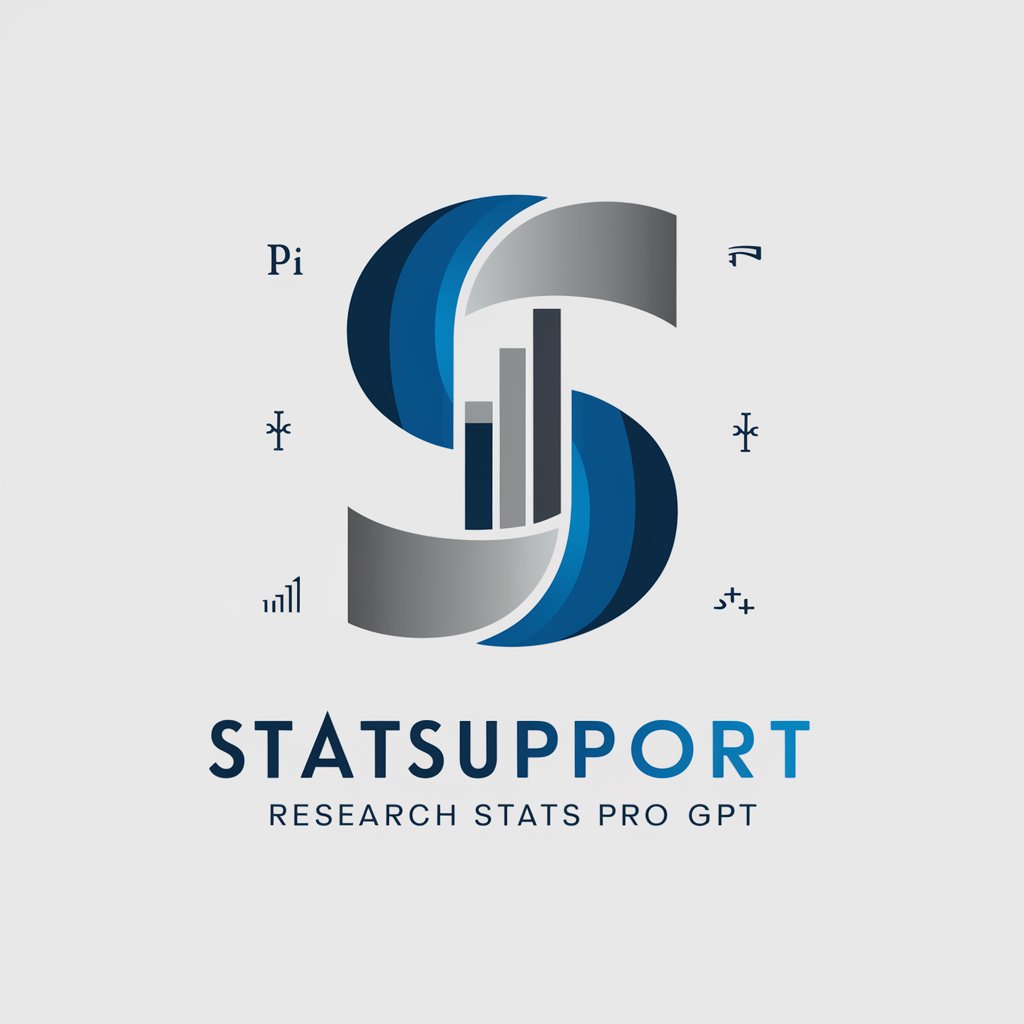18 GPTs for Statistical Guidance Powered by AI for Free of 2025
AI GPTs for Statistical Guidance are advanced computational tools leveraging Generative Pre-trained Transformers technology, specialized for statistical analysis and data-driven decision-making. These tools are adept at understanding and generating human-like text based on the statistical data input they receive. They serve as powerful assistants in analyzing complex datasets, providing predictive insights, and offering recommendations based on statistical models. Their relevance lies in their ability to process and interpret vast amounts of data with precision, thereby enabling users to make informed decisions grounded in statistical evidence.
Top 10 GPTs for Statistical Guidance are: PhD Buddy,SPSS Expert,统计专家,Experto en Estadística,Minitab Six Sigma Mentor,STAT 121,Data Science and Engineering Mentor,stataGPT,Survey Sampling Tutor,Research Buddy
PhD Buddy
Empowering your research journey with AI

SPSS Expert
Empowering your data analysis with AI insights

统计专家
Empowering data analysis with AI

Experto en Estadística
Empowering Your Data with AI

Minitab Six Sigma Mentor
Empowering Process Excellence with AI

STAT 121
Empowering statistical analysis with AI expertise.
Data Science and Engineering Mentor
Empowering Your Data Science Journey with AI

stataGPT
Empowering Your Statistical Analysis with AI

Survey Sampling Tutor
Empowering Your Sampling with AI

Research Buddy
Demystifying Research with AI

The Doctorate
Empowering Research with AI

🧠 CognitiveCompanion Experiment Assistant
Empowering Cognitive Science Research with AI

Statistics Professor
Empowering your statistical understanding with AI.

📊 StatSupport – Research Stats Pro 🧮
Empowering Research with AI-Driven Stats

Methodology Mentor
Empowering Your Research with AI

🧠 PsychProbe: Study & Analysis Aid 📊
Empowering Psychological Research with AI

STAT Support
Empowering Ecological Research with AI-Powered Analytics

小小藍
Elevate your research with AI insights.
Key Capabilities of Statistical Guidance GPTs
AI GPTs designed for Statistical Guidance boast a range of capabilities, from simple data interpretation to complex predictive analytics. These tools can adapt to various levels of statistical complexity, making them suitable for a wide range of tasks. Unique features include natural language processing for understanding and generating statistical reports, technical support for coding and model development, web searching for the latest statistical methods, image creation for data visualization, and advanced data analysis capabilities for uncovering trends and patterns.
Who Benefits from Statistical Guidance GPTs
These AI GPTs tools cater to a broad audience, including statistical novices seeking to understand data-driven insights, developers integrating statistical analysis into applications, and professionals in fields such as finance, healthcare, and research. They are accessible to users without programming skills, offering intuitive interfaces and guided analytics. For those with coding expertise, these tools also provide customizable options to tailor the analysis to specific needs.
Try Our other AI GPTs tools for Free
Knowledge Integration
Discover how AI GPTs for Knowledge Integration can transform your data into actionable insights, making complex decision-making simpler and more effective.
Routine Guidance
Discover how AI GPTs for Routine Guidance can transform your daily tasks into an optimized and efficient workflow with personalized AI assistance.
Chronic Condition
Discover how AI GPTs for Chronic Condition are revolutionizing chronic care management, offering personalized insights, predictive analytics, and seamless integration with healthcare systems.
Agricultural Recovery
Discover how AI GPTs are revolutionizing Agricultural Recovery with predictive insights and tailored solutions to enhance resilience and sustainability in farming.
Business Mitigation
Discover how AI GPTs for Business Mitigation transform risk management with tailored, dynamic solutions designed to enhance decision-making and streamline operations.
Flood Prediction
Discover how AI GPTs for Flood Prediction harness advanced data analysis to offer timely and accurate flood forecasts, enhancing disaster preparedness and risk mitigation.
Expanding Horizons with Statistical Guidance GPTs
Statistical Guidance GPTs stand at the forefront of AI-driven statistical analysis, offering unparalleled precision and adaptability. They function as customized solutions across various sectors, significantly enhancing data-driven decision-making processes. With user-friendly interfaces, these tools democratize access to advanced statistical analysis, empowering users to leverage data for informed decision-making. Their ability to integrate seamlessly with existing systems further underscores their versatility and transformative potential.
Frequently Asked Questions
What are AI GPTs for Statistical Guidance?
AI GPTs for Statistical Guidance are specialized AI tools that leverage GPT technology to offer tailored statistical analysis and predictive modeling capabilities.
How do these tools differ from standard statistical software?
Unlike standard statistical software that requires manual data analysis, these GPTs offer automated insights, natural language processing, and user-friendly interfaces for enhanced data interpretation.
Can non-experts use these GPTs effectively?
Yes, these tools are designed with intuitive interfaces that enable non-experts to conduct sophisticated statistical analyses without prior programming knowledge.
Are these tools customizable for specific statistical models?
Yes, users with programming skills can customize the tools to implement specific statistical models and analyses, making them highly versatile.
Do these GPTs support data visualization?
Absolutely, they include image creation features for data visualization, facilitating easier interpretation of statistical results.
Can I integrate these tools into my existing workflow?
Yes, they are designed to be easily integrated into existing systems or workflows, enhancing your analytical capabilities without significant overhauls.
What kind of data can these GPTs analyze?
These GPTs are capable of analyzing a wide range of data types, from simple datasets to complex, multidimensional data structures.
How do these tools ensure the accuracy of their statistical analysis?
They are built with advanced algorithms and undergo rigorous training on diverse datasets to ensure high levels of accuracy in their analysis and predictions.